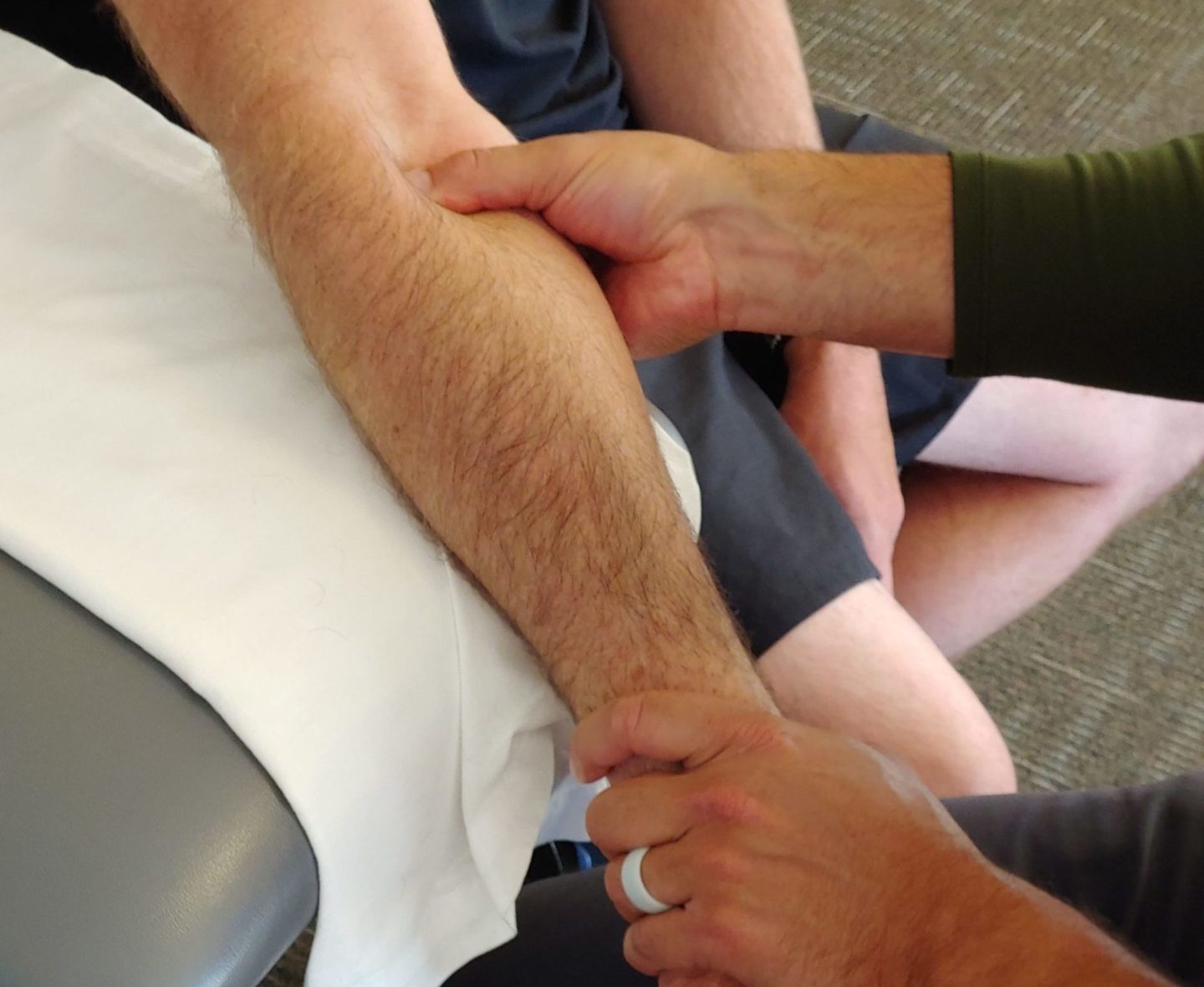Progressive Treatment for Overuse Conditions
ART is a soft tissue technique that involves the release of muscles, tendons, fascia, and the freeing of nerves that often become entrapped. It is a unique procedure that seeks to correct overuse or repetitive injuries that often contribute to a number of physical dysfunctions.
ART has been developed, refined, and patented by Dr. Michael Leahy, DC, CCSP.
Dr. Leahy noticed his patients’ symptoms seemed to be related to changes in their soft tissue that could be felt by hand.
By observing how muscles, fascia, tendons, ligaments, and nerves respond to different types of work, providers are able to consistently resolve 90% of their patients’ problems. Over-used muscles and other soft tissues change in three important ways:
- Acute conditions such as pulls, tears, collisions, etc.
- Micro-trauma which is accumulation of small tears
- Hypoxia which occurs when muscles and soft tissues don’t get enough oxygen
Each of these conditions can cause your body to produce tough, dense scar tissue in the affected area. This scar tissue binds up and ties down tissues that need to move freely. As scar tissue builds up, muscles become shorter and weaker, tension on tendons causes tendonitis, and nerves become entrapped. This can cause reduced range of motion, loss of strength, and pain. If a nerve is trapped, you may also feel tingling, numbness, and weakness.
Every ART session is a combination of examination and treatment.
The goal of ART is to relieve pain and dysfunction. The basic premise is that scar tissue, enflamed musculature, and fibrotic tissue builds up at the injury site, trapping nerves or preventing tendons, ligaments, and muscles from working properly. Muscles become "velcroed" together when they should be moving smoothly in typical parallel fashion. The practitioner finds the tissues of dysfunction; performs
ART protocol maneuvers, breaks up and releases the adhesions in the problem area, often allowing for an increase in range of motion, while also restoring vascular circulation. providers use their hands to evaluate the texture, tightness, and movement of muscles, fascia, tendons, ligaments, and nerves. Abnormal tissues are treated by combining precisely directed tension with very specific patient movements.
These treatment protocols - over 500 specific moves - are unique to ART. They allow providers to identify and correct specific problems that are affecting each individual patient. ART is not a cookie-cutter approach.
- Headaches
- Neck or Back Pain/Injury
- Sciatica
- TMJ
- Frozen Shoulder/Rotator Cuff Syndrome
- Carpal Tunnel Syndrome
- Plantar Fascitis
- Runner's Knee
- Golfer's/Tennis Elbow
- Tendonitis
- Shin Splits
- Running Injury
- Iliotibial Band Syndrome
- Peripheral Nerve Entrapement
Active Release Technique:
• Is a hands-on touch and case management system.
• Identifies involved structures and promotes a more focused treatment option for soft tissue injuries.
• Treats specific injuries such as repetitive tissue strains, tissue hypoxia, and joint disfunction.
• Identifies relationships of moving tissues to one another to decrease the number of visits for treatment.

